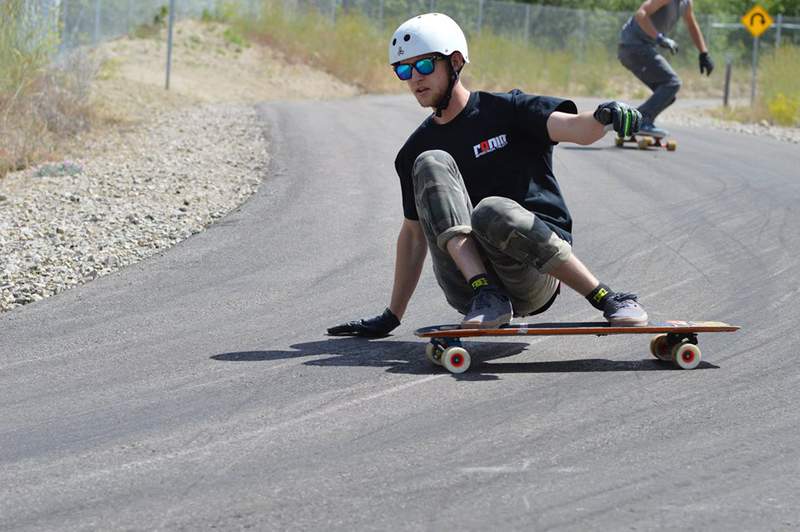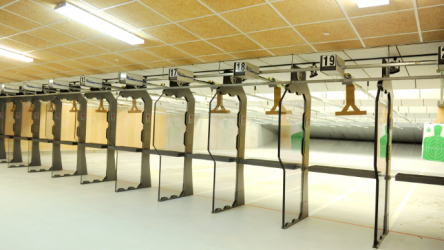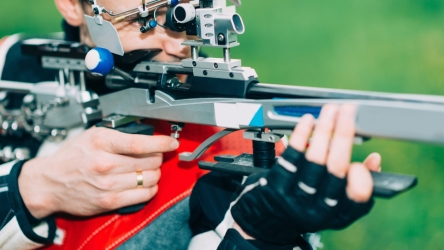
You probably don’t spend a lot of time thinking about your longboard wheels while you are skating around town. As long as they do their job – providing adequate grip and turning when you want them to – there isn’t much to think about. Board designers and wheel manufacturers have gone to great lengths to make it that way. They want you to enjoy skating without having to worry about the wheels underneath you.
The quality and workmanship of modern wheels are unparalleled. But things were not always that way. Back in the earliest days of longboarding in the mid-50s to late 60s, wheels were an entirely different matter. A skater’s choice of wheels back then could mean the difference between an enjoyable ride and persistent road rash.
Can I Borrow Your Roller Skates?
The first longboards ever created were homemade creations put together by surfers who wanted an opportunity to skate when they couldn’t surf. But because longboards and skateboards didn’t exist back then, early pioneers of the sport didn’t have much to work with. Their solution was to cut boards out of pieces of scrap lumber and fit them with metal wheels taken from roller skates.
They quickly found out that the steel wheels were not adequate for their purposes. While they were just fine for the slow and plodding pace of roller skating, they just would not do for longboarding. Board makers and designers, slowly growing in number, began collaborating to find a new and better wheel for their creations. Enter clay.
The clay wheel was introduced in the early 1960s as an option that provided a smoother ride and greater control. These wheels were not technically made of clay; they were madeof a plastic composite material that resembled clay in its visual presentation. Clay wheels were a definite improvement over steel, but still not what longboarders really wanted or needed. The same dangerous problem posed by steel wheels still existed with clay: a lack of grip.
Say Hello to Urethane
Designers finally had a breakthrough in the early 1970s when someone figured out that the same material used to make forklift wheels could be put to use for longboards. This material, known as urethane, made it possible for longboard riders to turn sharply without their boards sliding out from underneath them. The urethane wheel was born, and longboarding has not looked back since.
Today’s urethane wheels are the best the industry has seen. For example, one of the incredible benefits of urethane not previously enjoyed by steel or clay is the ability to have different densities of the material. Longboarders refer to this density as wheel hardness or softness. A soft wheel provides more control while a harder wheel increases speed.
Lip profile is another choice early longboarders did not have. What is lip profile? Think of it as the shape of the outside edges of the wheel. A wheel that appears flat on its edges is a wider wheel that offers a lot more grip and more control at high speed. Wheels with a rounded edge tend to be narrower. They are better for longboarders who prefer an increased ability to slide.
The evolution of the longboard wheel has made a huge difference in how boards are made and used. Like everything else in the sport, there is no right or wrong when it comes to your choice of wheels. You should choose wheels according to how you skate and the kind of experience you are looking for. As long as they go around, you’re good to go.







